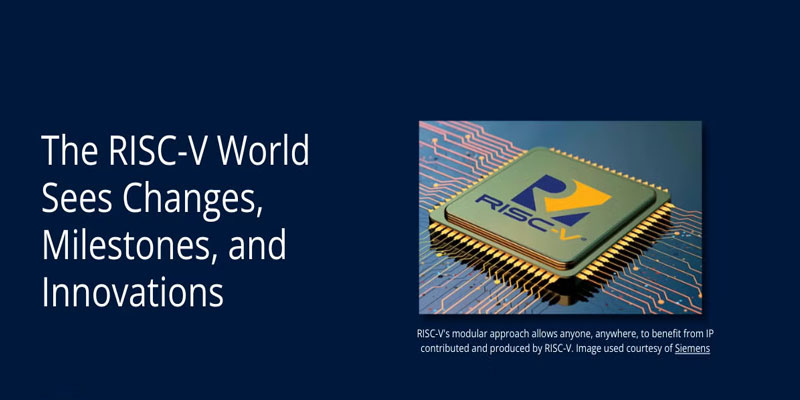Global Tech Spotlight Turns to Taiwan: Unveiling the Future of Semiconductors
This week, Taiwan’s capital becomes the nerve centre of global technology as the world’s foremost semiconductor and AI leaders gather for Computex, the island’s premier tech exhibition. Heralded as “the next frontier,” this year's event highlights breakthroughs in artificial intelligence and chip innovation amid global tensions, protectionist trade policies, and a race for technological supremacy.
On the eve of the conference, Nvidia CEO Jensen Huang is set to deliver a much-anticipated keynote, signaling not just product launches but transformative shifts in how semiconductors will shape the next wave of AI—from personal agents in devices to autonomous robotics.
Taiwan, home to industry giant TSMC (Taiwan Semiconductor Manufacturing Company), remains the linchpin of the global semiconductor supply chain. From powering iPhones to running ChatGPT, chips made on this island are foundational to modern computing. It is here that the most sophisticated AI chips are conceptualized, crafted, and deployed—making Computex 2025 a high-stakes arena for unveiling the technologies of tomorrow.
Why Semiconductors Matter: The Core of the AI Revolution
Semiconductors are the invisible engines driving the digital economy. They form the backbone of everything from smartphones and cloud computing to defense systems and electric vehicles. But their role has become exponentially more critical with the explosion of artificial intelligence, which demands highly efficient and scalable processing power.
As AI migrates from data centers into everyday devices—laptops, smart appliances, autonomous vehicles—the need for more advanced, energy-efficient chips grows ever more urgent. The theme of Computex this year reflects this shift: “From Agentic AI to Physical AI.” These trends signify a transition where AI no longer just informs software—it increasingly commands hardware interactions in the real world.
This new phase of AI development, say analysts, will define the industry between 2025 and 2026, transitioning from mere experimentation to scalable, monetizable solutions.
India’s Rising Ambitions in the Global Semiconductor Landscape
India, while not yet a dominant player in semiconductor manufacturing, is strategically positioning itself to be a major stakeholder in the global chip ecosystem. The Indian government has announced multi-billion-dollar incentives to attract chipmakers and has launched the India Semiconductor Mission to build fabrication units domestically.
Given the increasing geopolitical sensitivity around chip supply chains—especially amid rising U.S.-China tensions—India’s democratic governance, robust talent pool, and expanding tech sector present it as an attractive alternative hub for global firms looking to diversify manufacturing bases.
Indian policymakers are watching events like Computex closely. India’s goals are clear: move from being a consumer and software powerhouse to an integrated part of the global semiconductor value chain—from design and testing to manufacturing and export.
A Changing Geopolitical Terrain: Tariffs, Taiwan, and Tech Strategy
Amid the buzz of new technologies at Computex, an undercurrent of geopolitical unease persists. With the United States launching a national security review of semiconductor imports, fears of fresh tariffs—especially under a potential second Trump administration—loom large.
Taiwan, heavily reliant on exports, faces pressure to shift more production to the U.S. to avoid punitive levies. TSMC has already committed over $165 billion to build and expand chip facilities in the U.S., a move both strategic and political. Meanwhile, concerns remain that Taiwan’s dominance—sometimes called the “silicon shield”—might be compromised by over-dependence on foreign markets or escalating regional tensions with China.
Despite these headwinds, Nvidia’s Huang remains bullish. “There are so many smart and innovative companies here,” he said in Taipei. “I fully expect Taiwan to continue to thrive… before, after, throughout.”
Semiconductors at the Crossroads of Innovation and Influence
As Computex 2025 opens, the event is more than a tech showcase—it is a reflection of a rapidly evolving world where technology, politics, and economic power are increasingly intertwined. The semiconductor, once a mere component, is now a symbol of national strength, strategic autonomy, and future prosperity.
India’s aspirations to rise within this ecosystem align with the shifts underway, as the global order looks to decentralize chip manufacturing. Taiwan’s centrality remains undisputed for now, but as innovation accelerates and alliances shift, the semiconductor industry finds itself not just powering devices—but shaping destinies.
(With agency inputs)



















